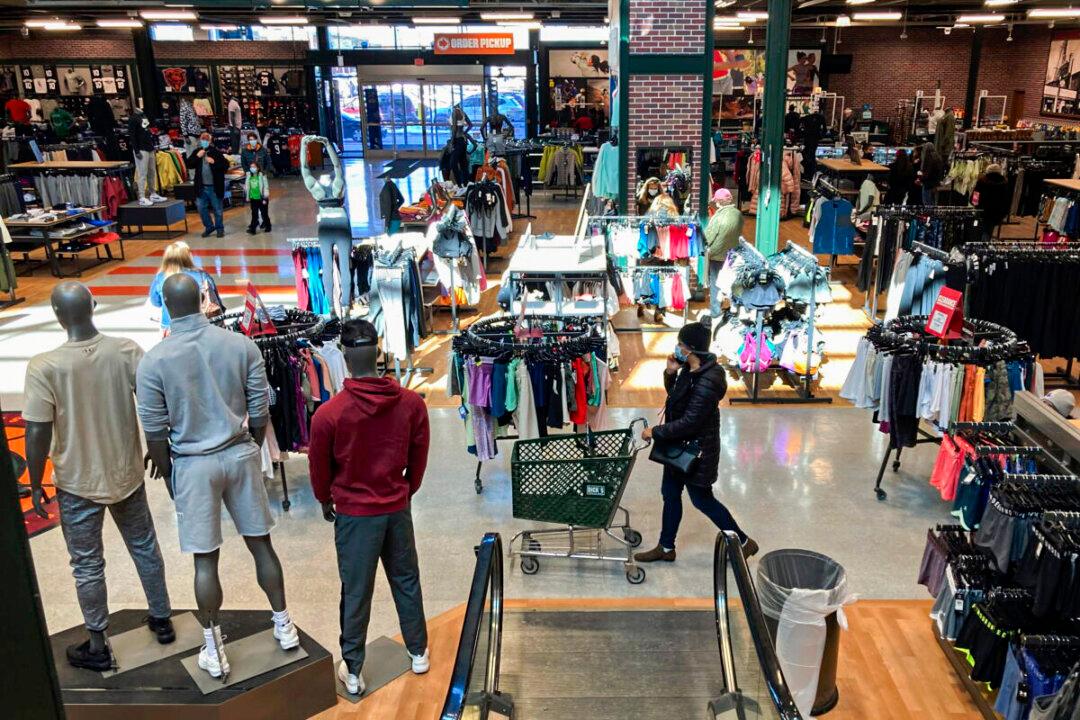Commentary
Could a small reprieve from inflation be on the horizon?Sagging consumer confidence and excess inventory could push the prices of some goods lower, with retail giants warning that their profit margins will be cut heading into the important fall shopping season.





